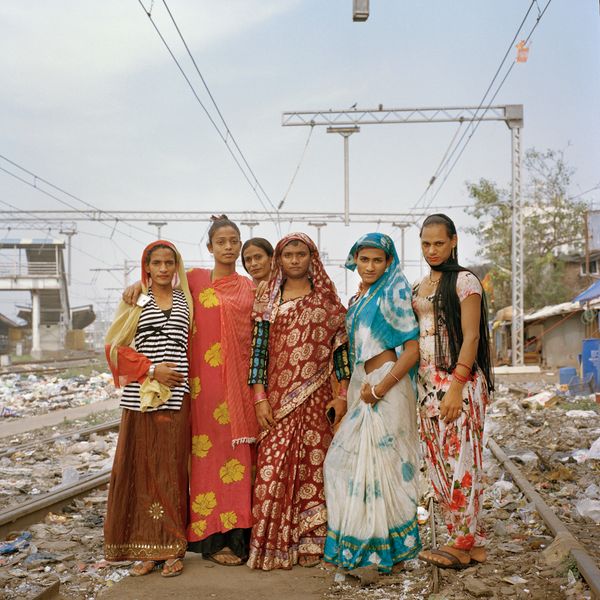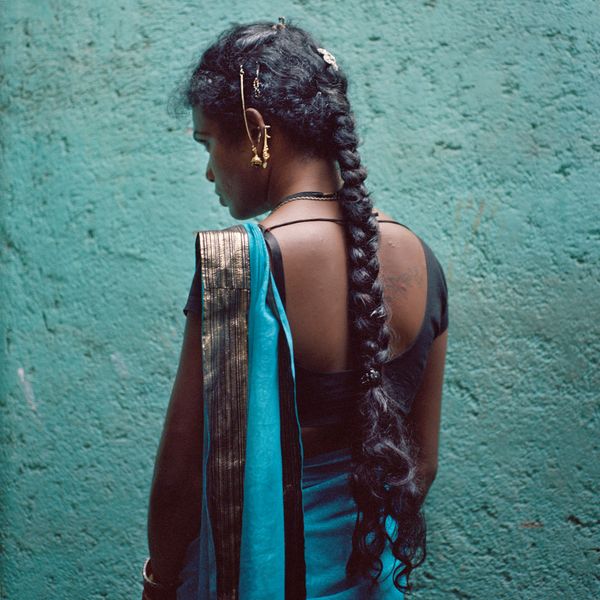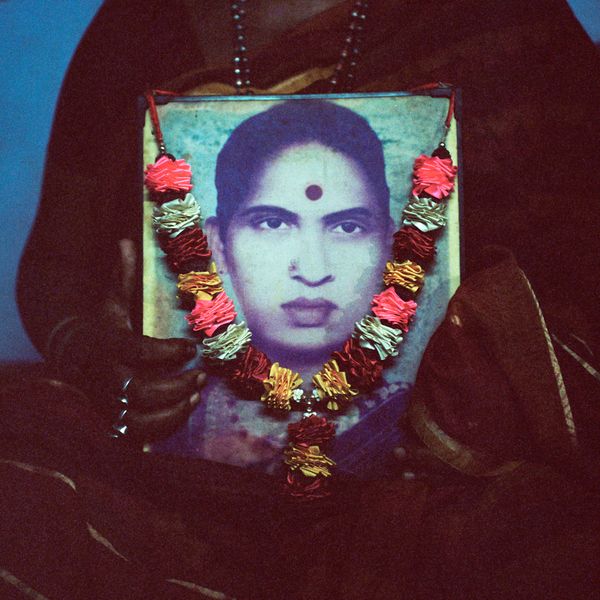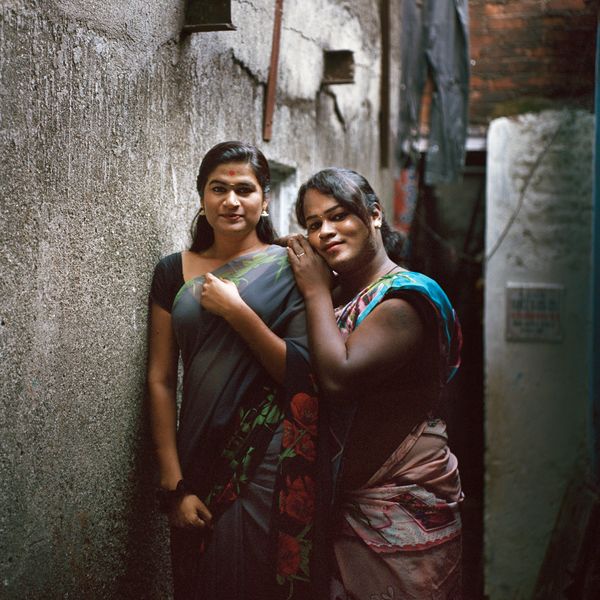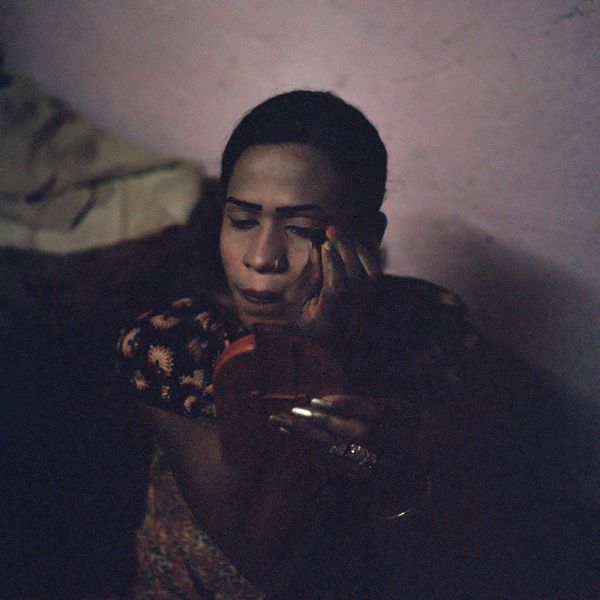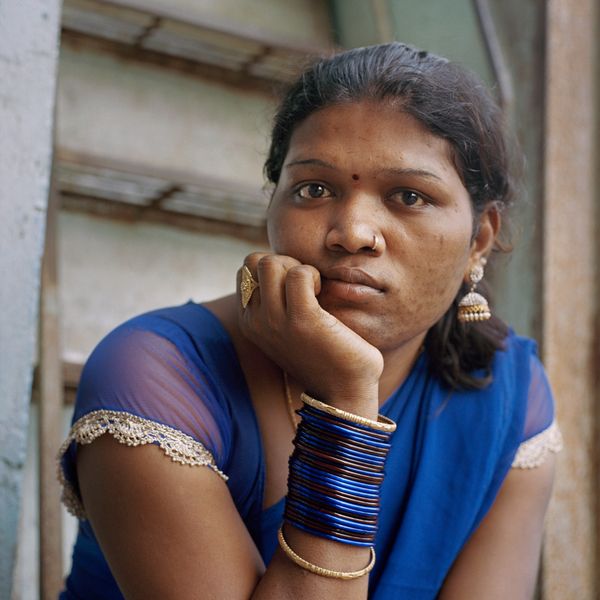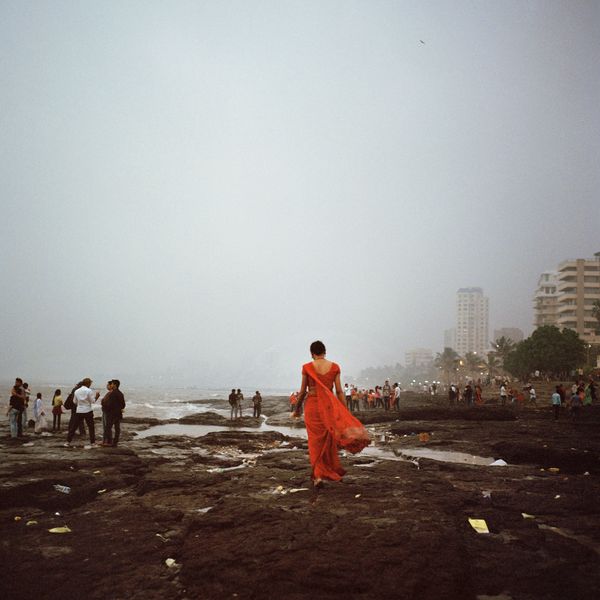The Demigods of India
-
Dates2017 - Ongoing
-
Author
- Location India, India
Simran’s bright red sari blew through the wind as she walked along the Mumbai shoreline, asking locals and tourists for rupees in exchange for a blessing. Many looked at her, almost alien-like, with a mix of fear, disdain, and fascination. Simran is part of India’s hijra community, which includes transgender and intersex people. It is believed by many Indians that hijras have the capacity to bless or curse, and hijras profit from this grey zone. They make a living by crashing weddings and birth ceremonies, begging, and sometimes through prostitution.
Indian culture has long recognized the fluidity of gender, with a number of demigods in Hindu scripture described as being a third gender. Yet, homesexuality remains taboo in India, and hijras are often forced to live underground, being ostracized by their family and friends. Because of this, India’s hijra community maintains a hierarchical, somewhat secretive subculture.
As a photographer focused on gender issues and underrepresented voices, I have held a long curiosity and fascination of hijras. When I moved to the city of Mumbai in September 2017, I began making portraits and spending time with a community near my home. They lived behind the train station in a settlement as a family; packed in small, immaculately organized rooms, one stacked on top of another. I would drop in often, drink tea, and just observe. They opened up a beautiful, unique, and fascinating world to me. Through authentic and natural portraiture and imagery, my aim is to bring the stories of this often misunderstood community to viewers in a humane and intimate way.
On September 6th, 2018, India banned its colonial era law, Section 377, which criminalized homosexuality. With the support of PHmuseum, I would like to continue my work in India. I have identified several communities across three states (in both North and South India) to create a nuanced documentation of the hijra community as they transition into a society where they may live authentically as themselves, legally. With many hijras living in isolated and conservative locations, distrustful of mainstream society, it is crucial to hear their stories and understand how they can be better protected and respected.
